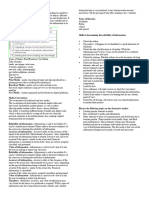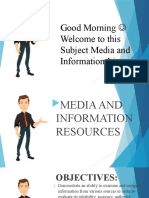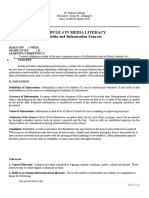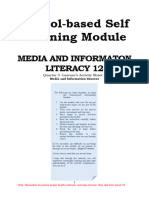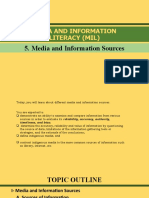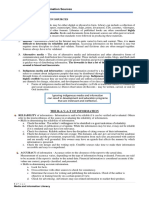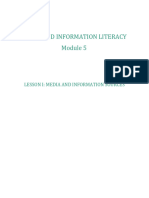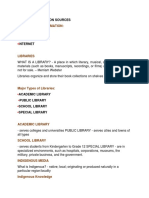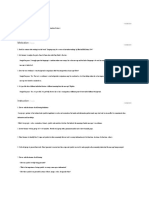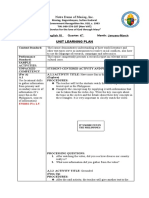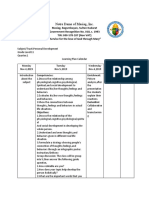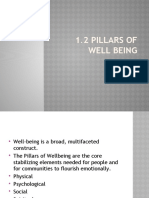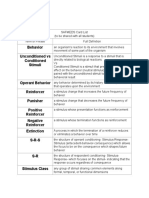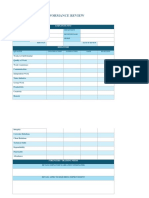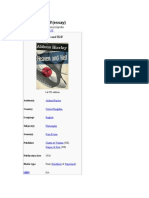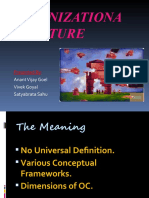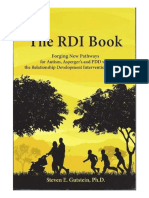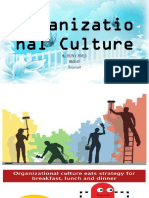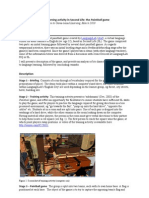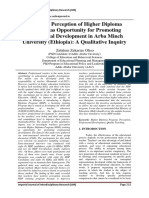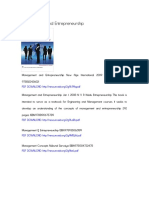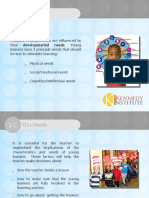0% found this document useful (0 votes)
260 views5 pagesMedia and Information Sources-Learning Guide
This document outlines a 1 hour lesson plan on media and information sources. The lesson begins with discussing a recent controversial news topic from different sources to compare reliability. It then reviews objectives of examining information reliability, accuracy, authority, timeliness and bias. Keywords are defined and different information sources like libraries and the internet are discussed. Skills for evaluating source reliability, accuracy and determining facts are covered. Alternative media is also briefly discussed. The lesson concludes by having students re-examine the initial news topic using criteria learned.
Uploaded by
Thelma LanadoCopyright
© © All Rights Reserved
We take content rights seriously. If you suspect this is your content, claim it here.
Available Formats
Download as DOCX, PDF, TXT or read online on Scribd
0% found this document useful (0 votes)
260 views5 pagesMedia and Information Sources-Learning Guide
This document outlines a 1 hour lesson plan on media and information sources. The lesson begins with discussing a recent controversial news topic from different sources to compare reliability. It then reviews objectives of examining information reliability, accuracy, authority, timeliness and bias. Keywords are defined and different information sources like libraries and the internet are discussed. Skills for evaluating source reliability, accuracy and determining facts are covered. Alternative media is also briefly discussed. The lesson concludes by having students re-examine the initial news topic using criteria learned.
Uploaded by
Thelma LanadoCopyright
© © All Rights Reserved
We take content rights seriously. If you suspect this is your content, claim it here.
Available Formats
Download as DOCX, PDF, TXT or read online on Scribd
/ 5




